Be inspired by this list of plants for honey bees including annuals, perennials, shrubs, and trees. You are sure to find one or many that will make a great addition to this year's garden.
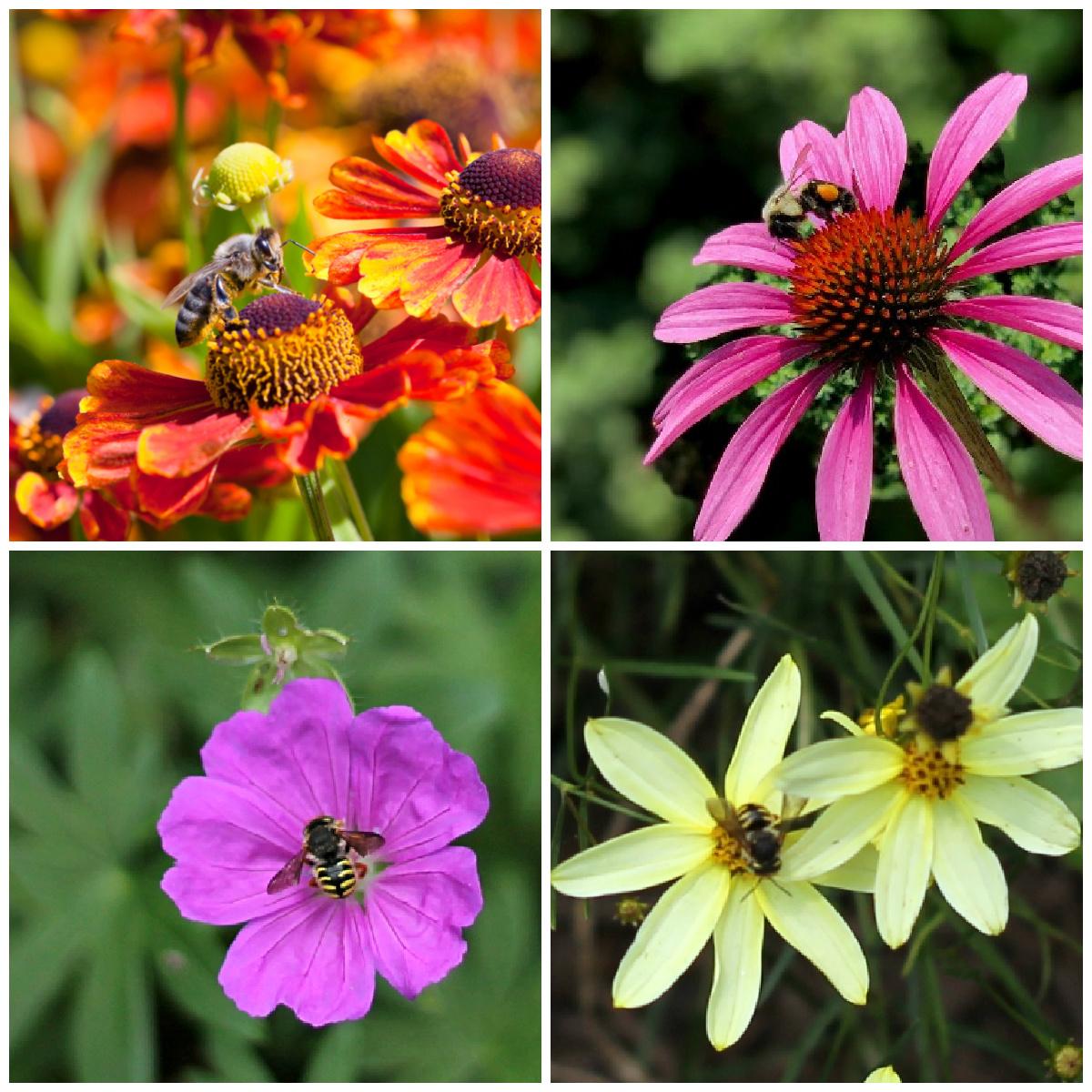
Best Plants for Honey Bees
Native Plants
Native plants tend to have more single flowers with higher amounts of nectar, making them more attractive to bees than double-flowered varieties. Often the design of double flowers makes it hard for bees to extract pollen. Also, hybrid flowers are often bred for larger flowers or different colors and often lack the pollen and nectar of the original plants.
Variety of Plants
When choosing plants to attract honey bees or any pollinator you should consider a variety of trees, shrubs, and flowers that bloom at different times of the year.
Flower Color
Interestingly flower color is important as honey bees prefer the color purple to other colors. They are also attracted to white, yellow, and blue flowers. However, they actually see red flowers as black. Does that mean you can’t have red flowers in the garden? No, other pollinators such as butterflies and hummingbirds enjoy red flowers. Still, if you are wanting honey bees shades of purple are best.
29+ Flowering Bee Friendly Plants to Try
These plants will provide honey bees with a variety of options when it comes to feeding on nectar or pollen during different times of the growing season.
Annuals - Flowers that last for a season
Head to the nursery in late spring and pick up a few of these annuals to attract some honey bees. Fill up pots, window boxes, and beds with a few of these favorites
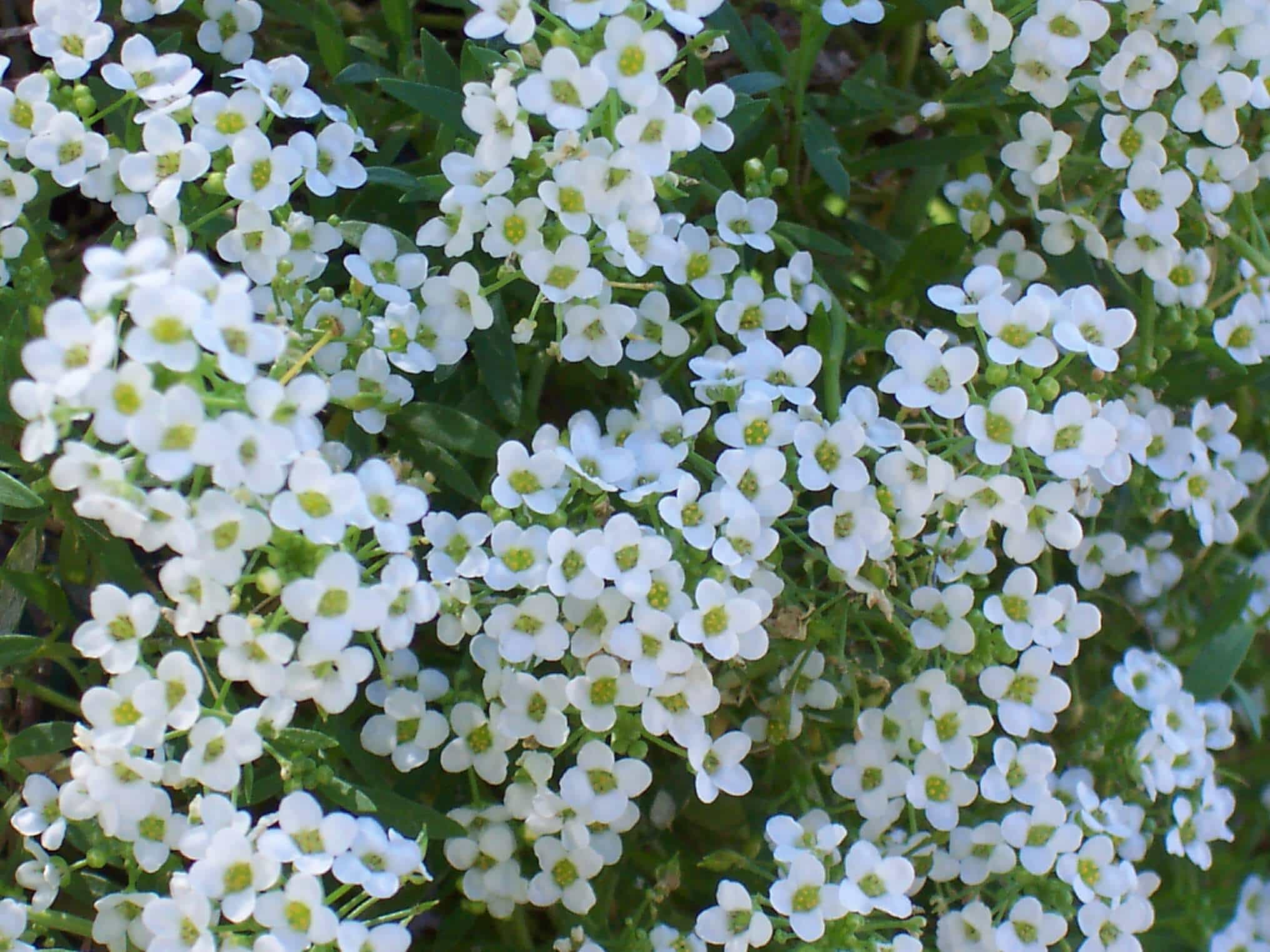
Alyssum - Great in container gardening as a filler and pretty in the border. You can usually find this flower in white, and shades of purple.
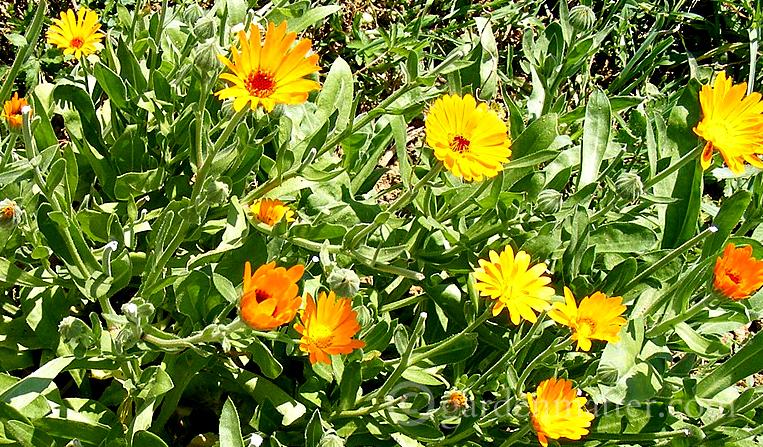
Calendula - Bright yellow to shades of orange. The petals are good for creating skin care products too.
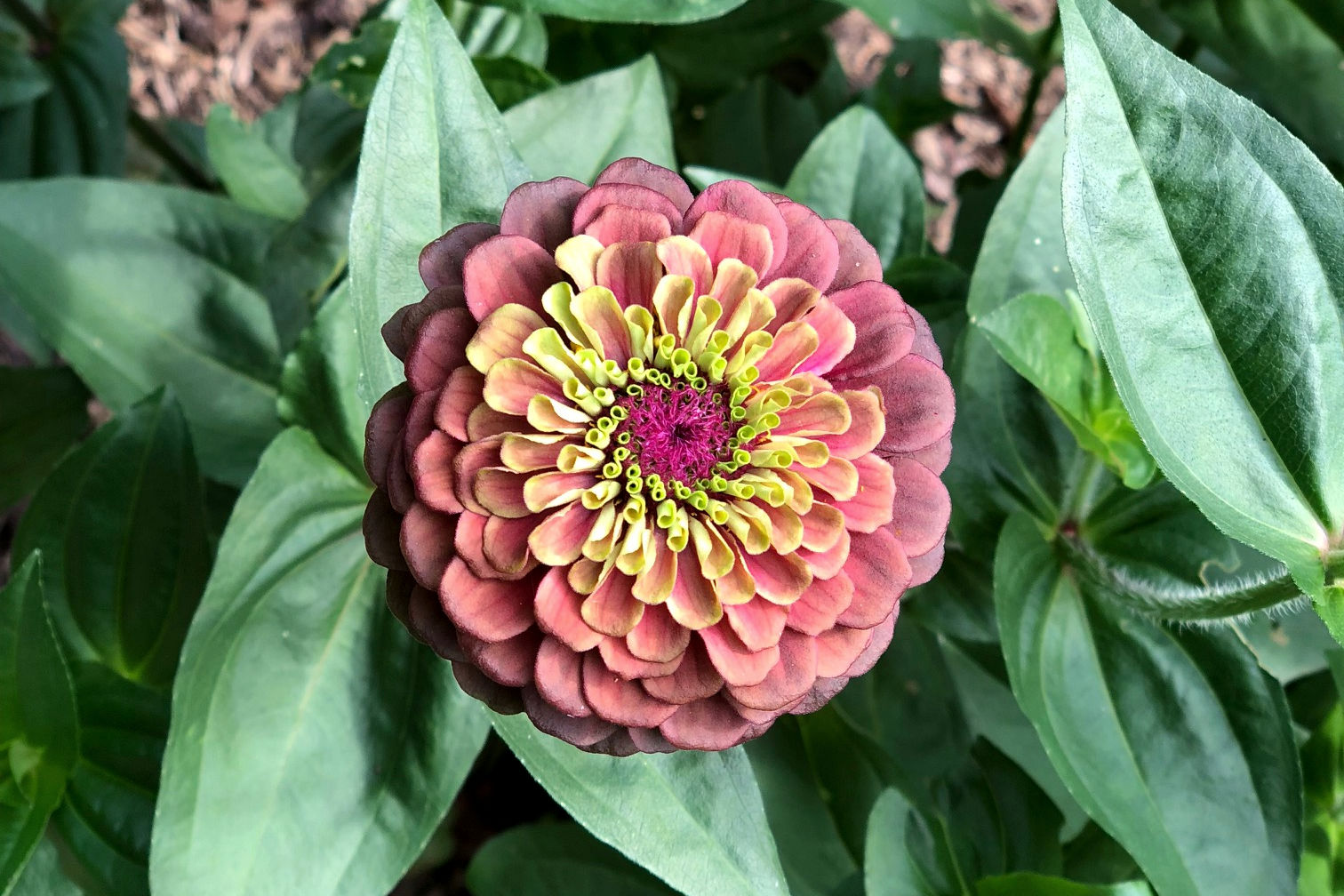
Zinnia - Brightly colored easy to grow flowers in all shades of the rainbow.
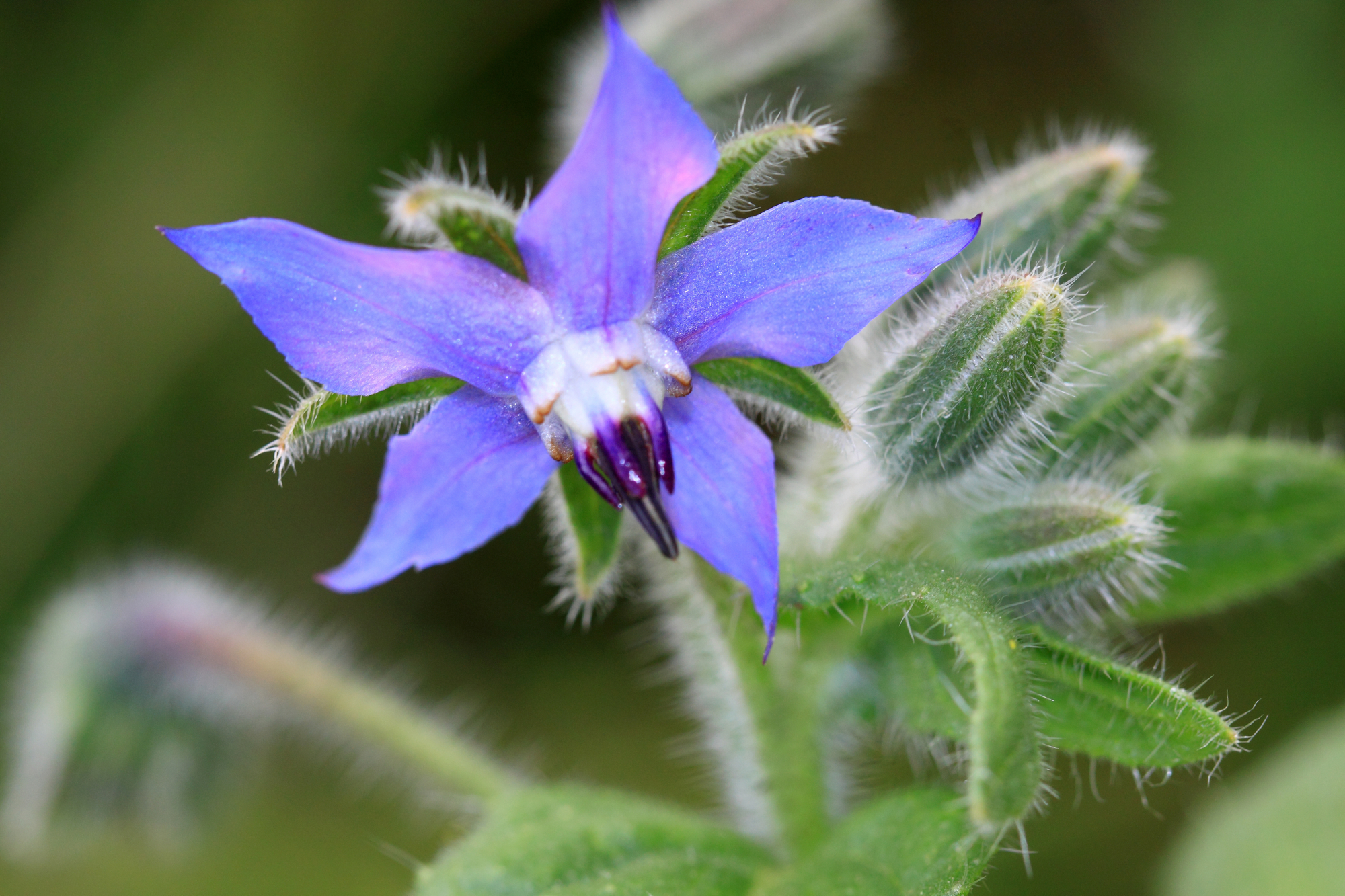
Borage - Beautiful shade of blue and this one is also edible.
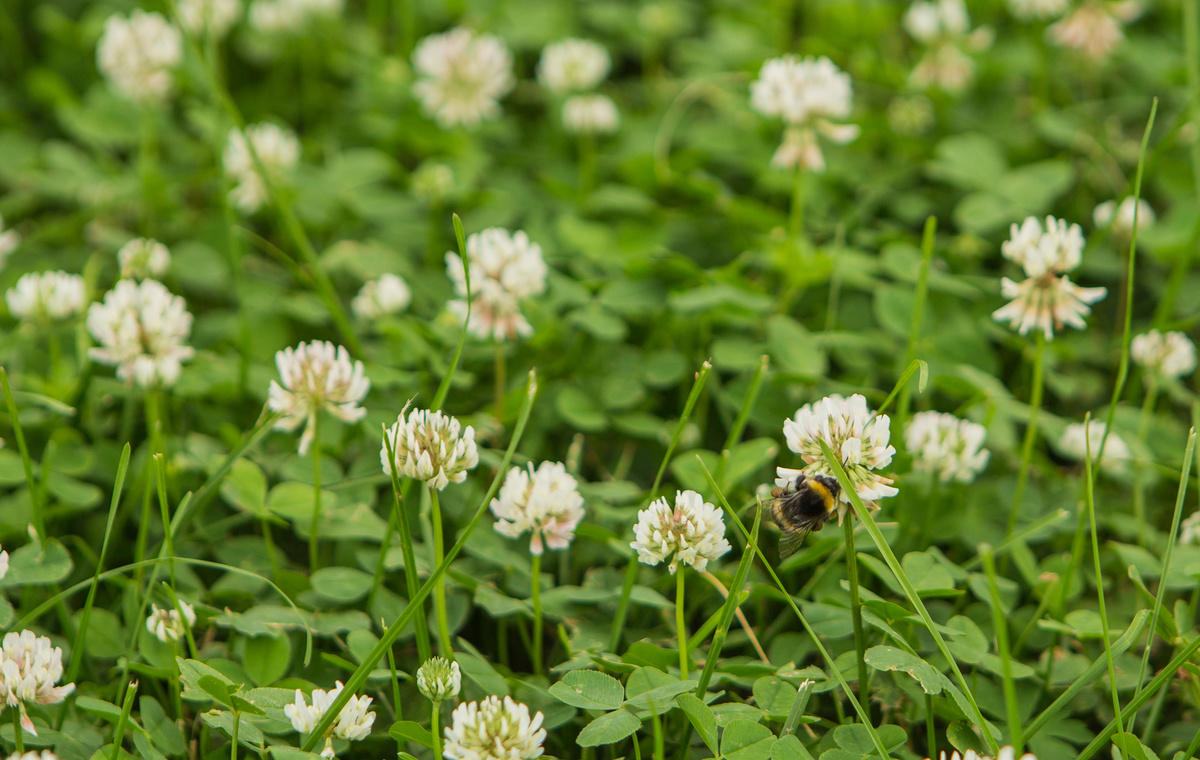
White Clover - This is considered a weed or a cover crop for many and you may not find it in a nursery. However, this native is a good source of pollen and nectar.
Herbs
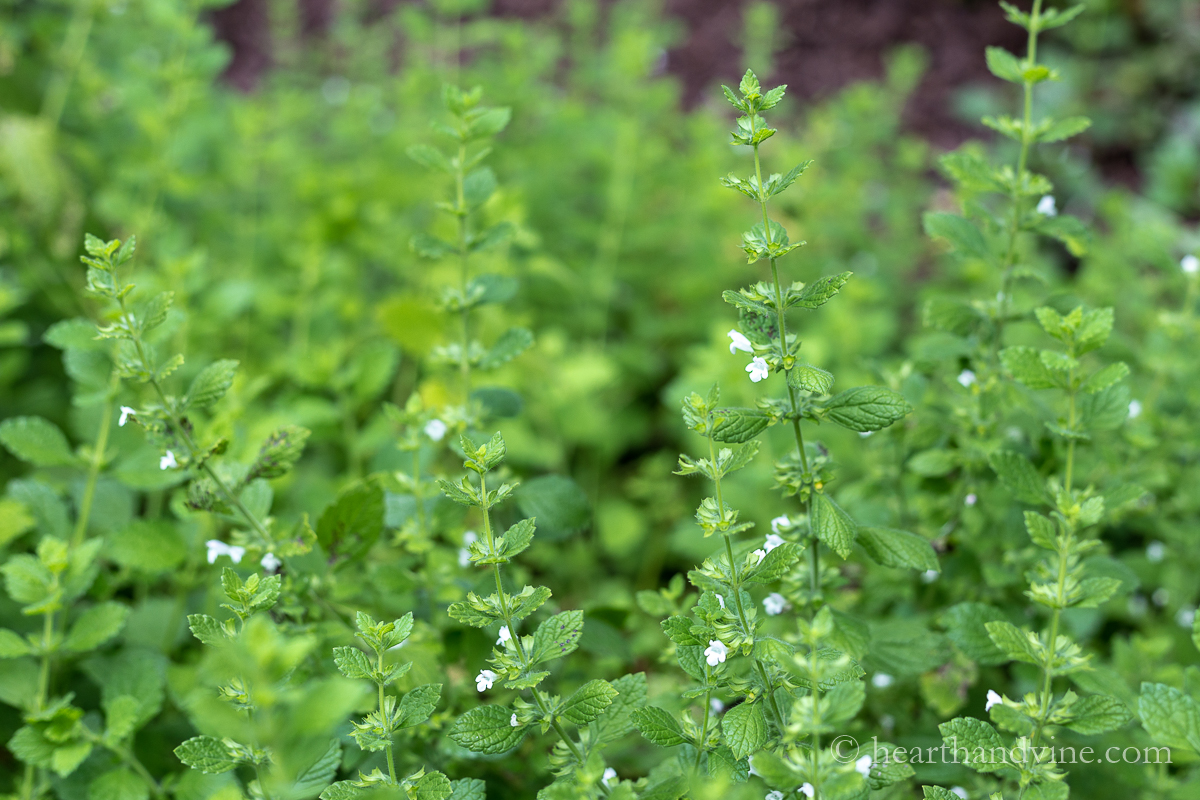
Lemon Balm - Easy to grow and great for making a calming tea.
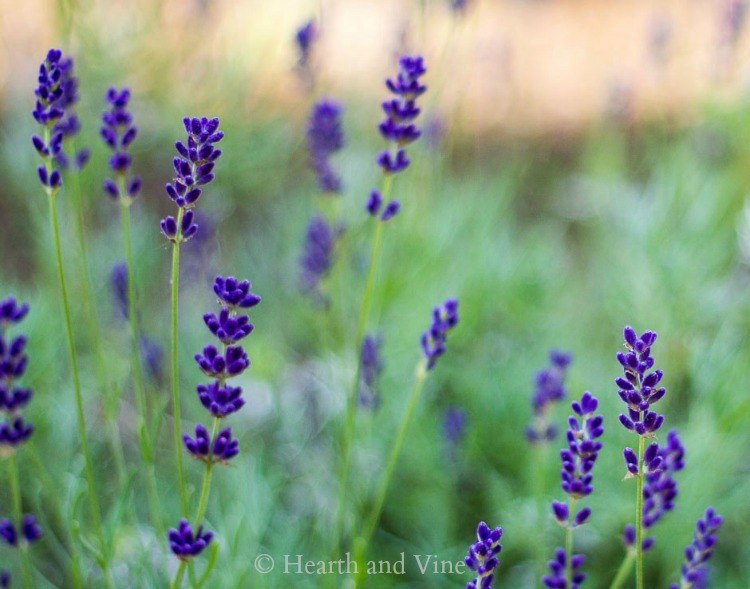
Lavender - Fragrant and beautiful. Great for helping you sleep and other crafting projects.
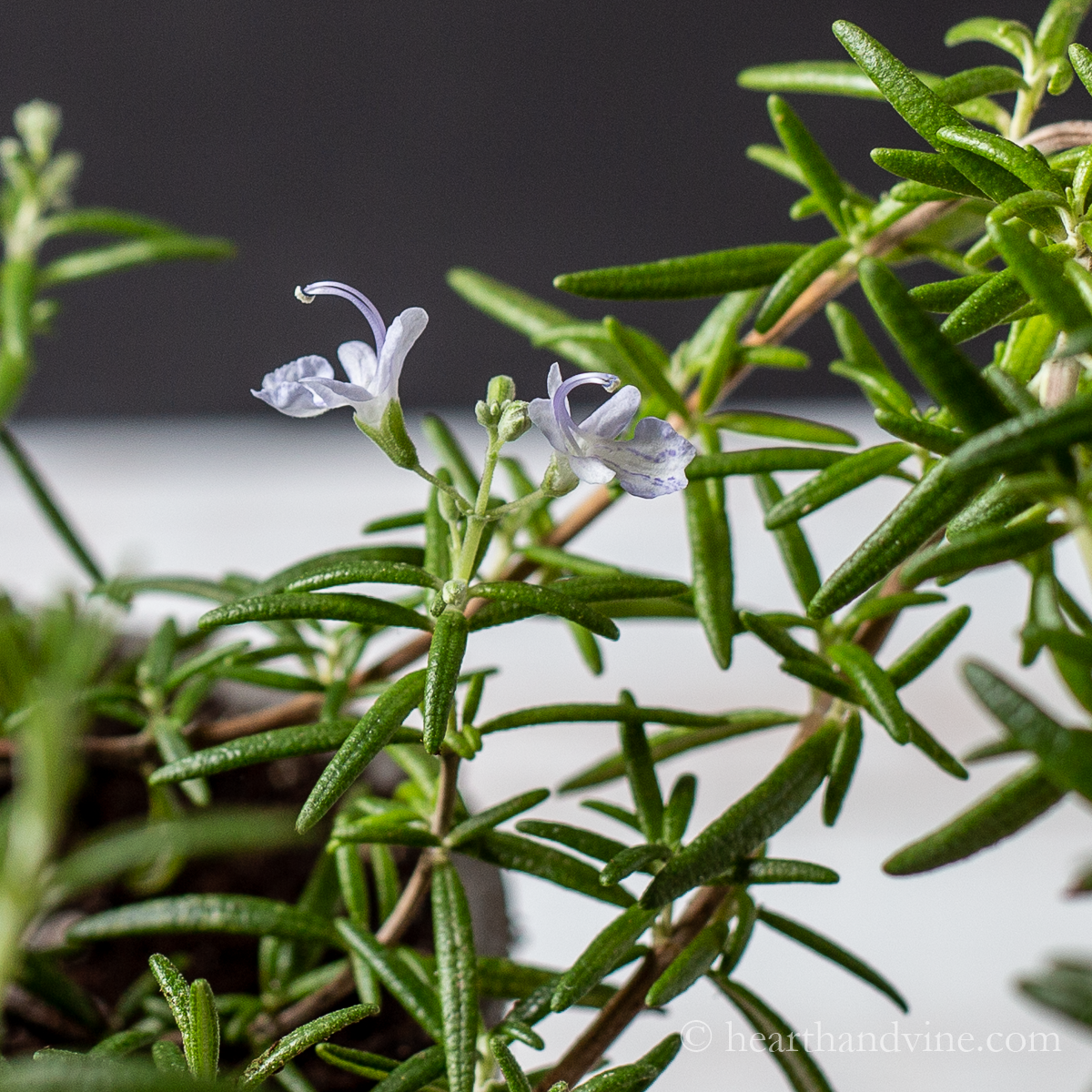
Rosemary - A pretty savory herb that is perennial in warmer climates.
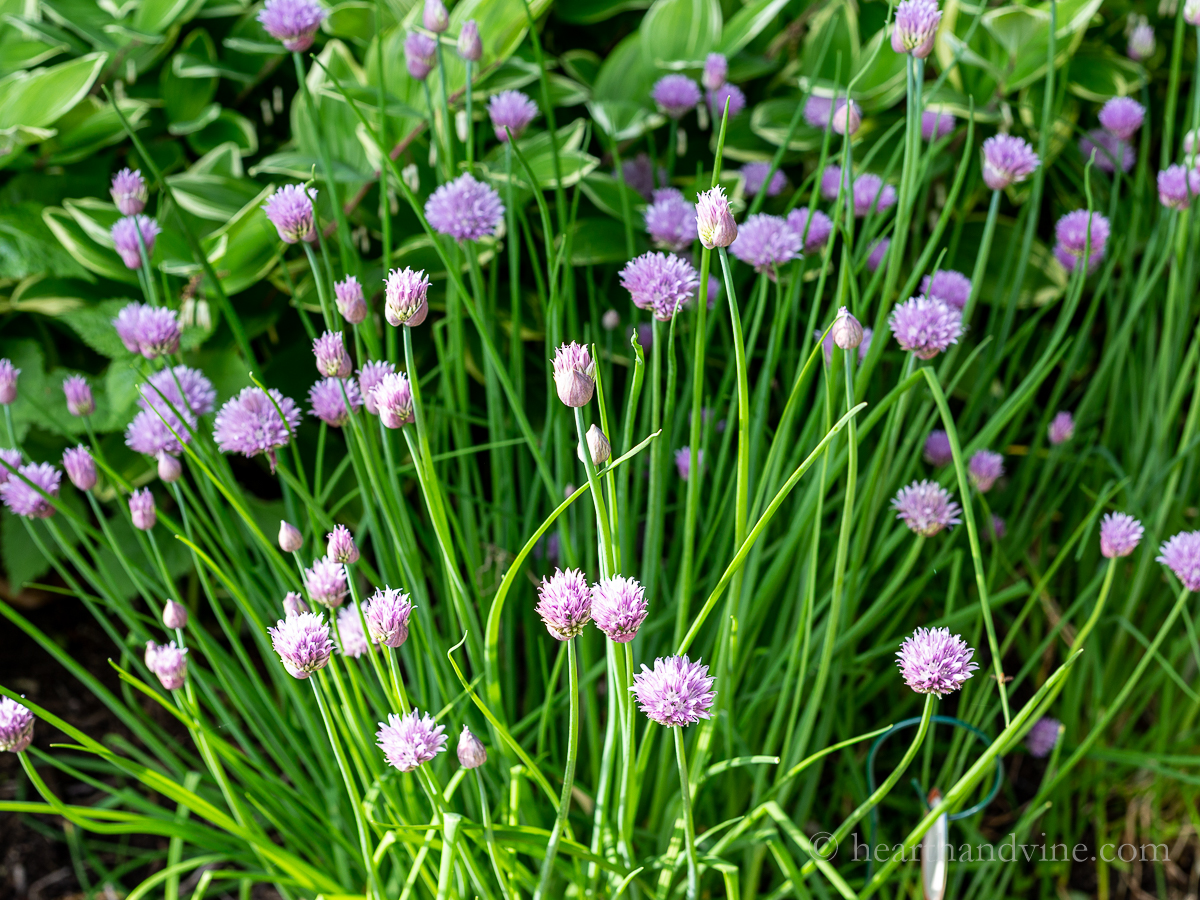
Chives - Delicious light onion flavor for potatoes, corn, and other dishes. It's full of lavender flowers during the spring.
Perennials
Perennials are plants that die back during the winter in cold areas but come back each year in the spring or summer.
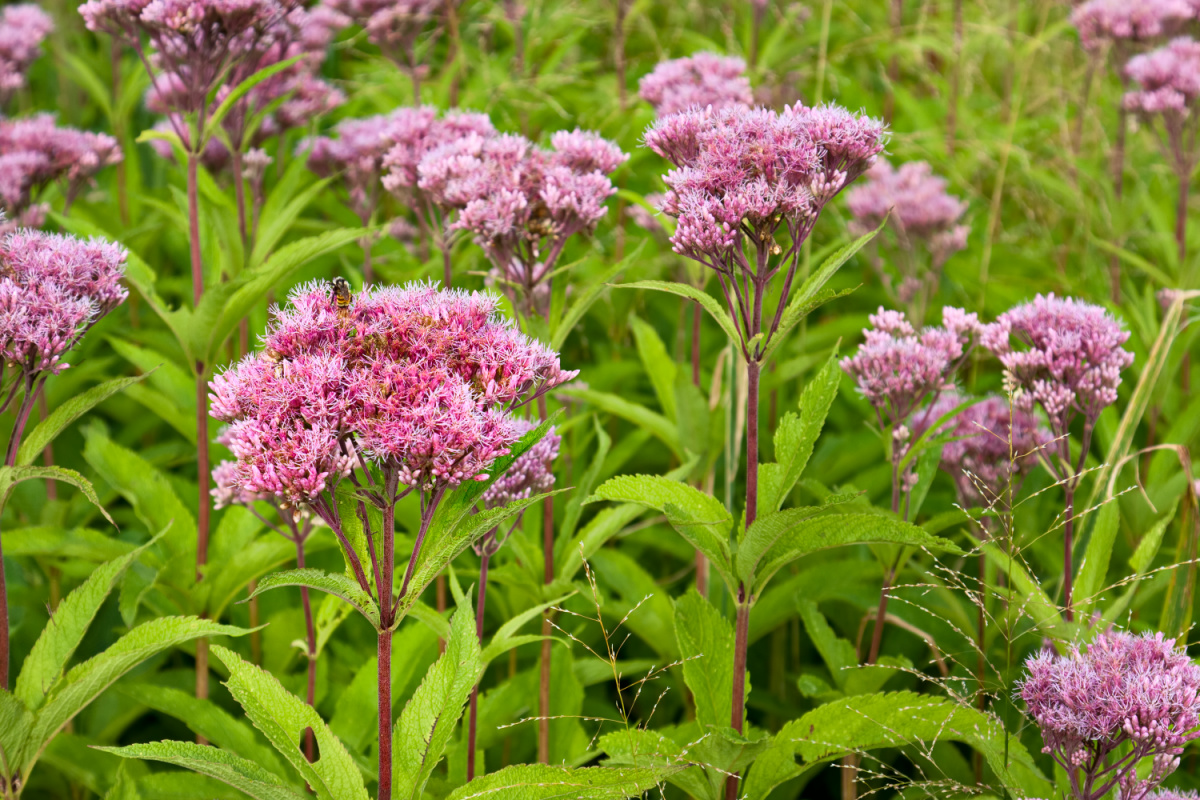
Joe Pye Weed - A pretty wildflower that is native and bees love it.
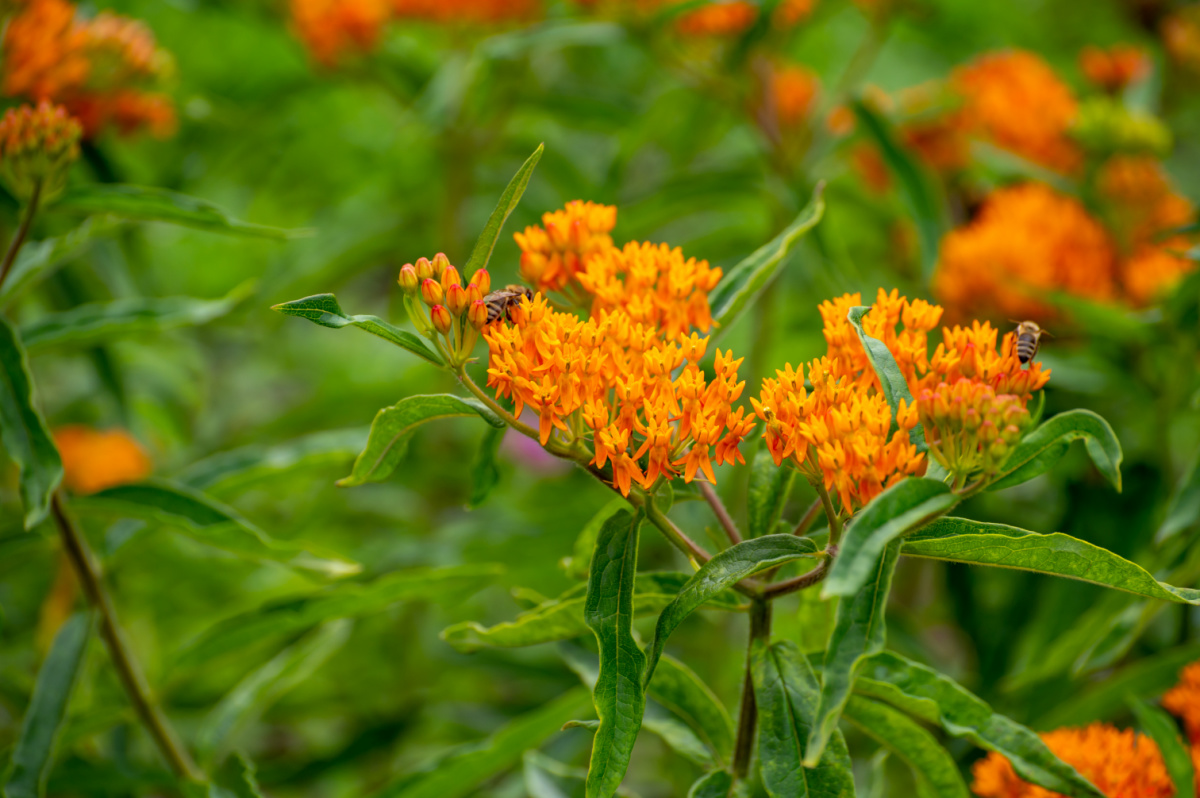
Common Milkweed - Another native that produces lots of nectar and is loved by many pollinators including honey bees. It's also known for hosting the Monarch butterfly.
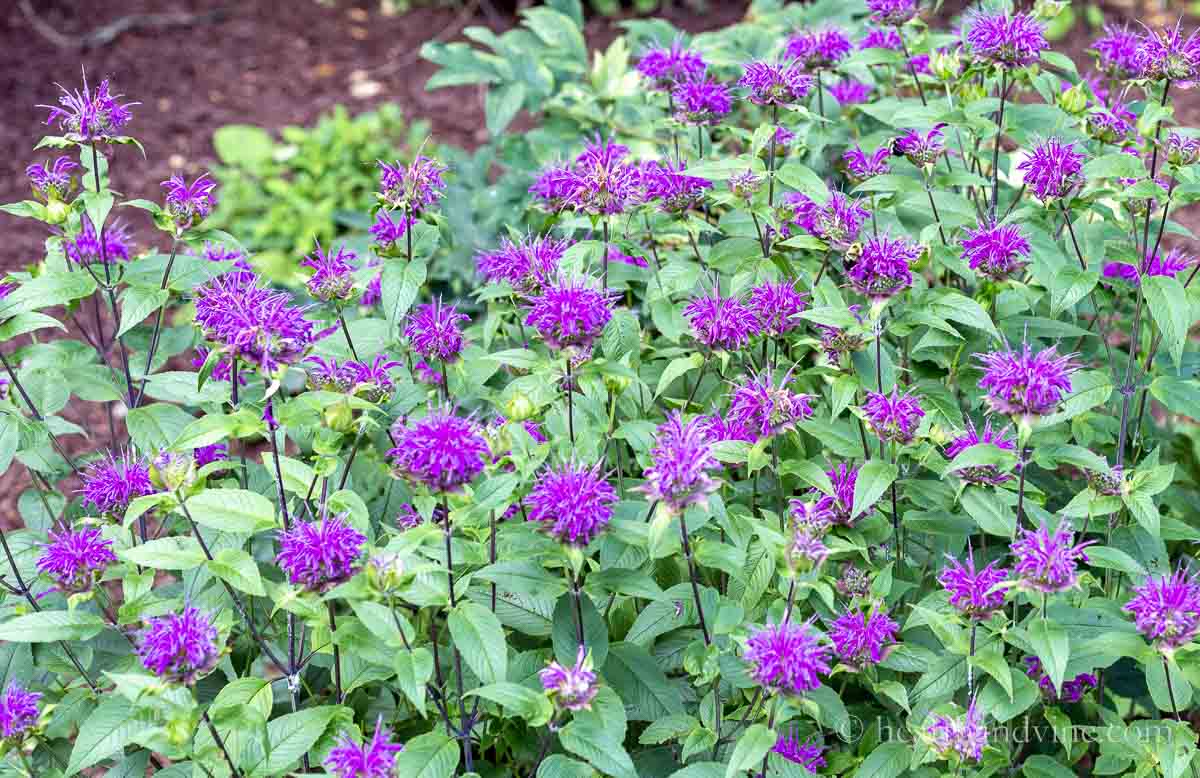
Bee Balm - As the name suggests bees love this flowering perennial. It's fragrant and easy to grow.
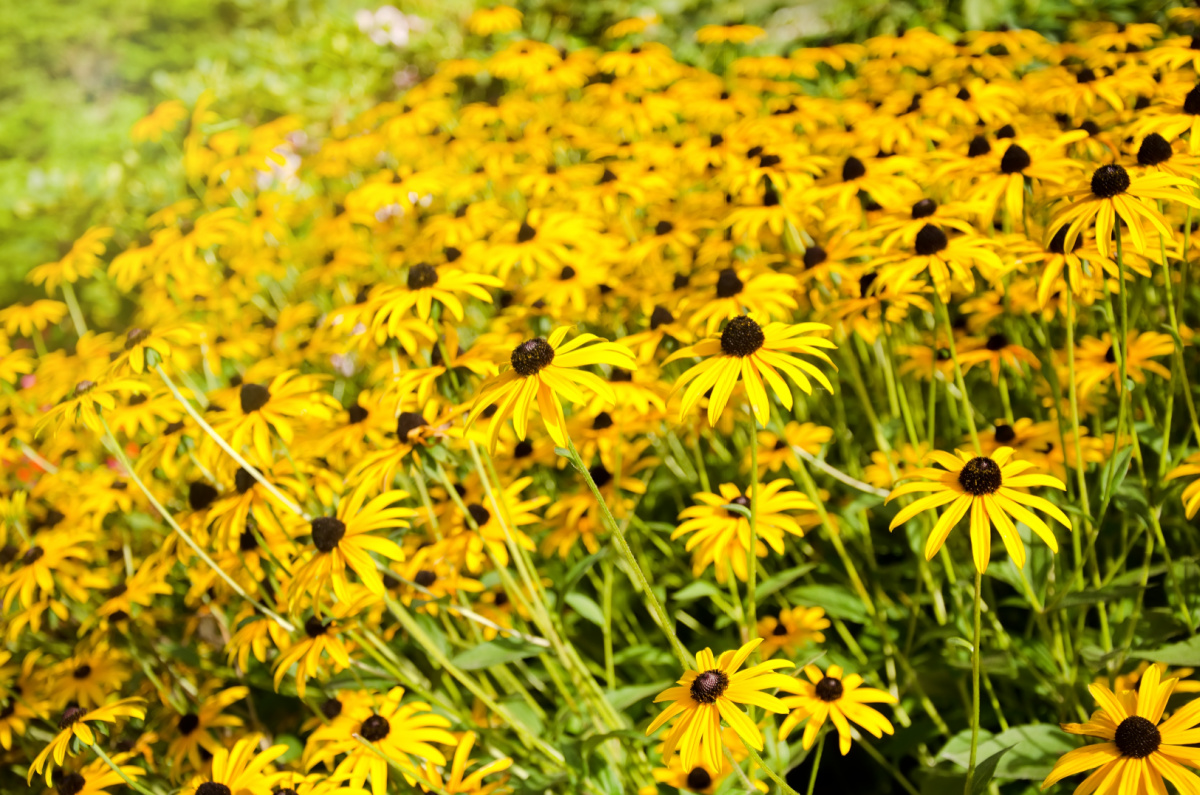
Black-eyed Susan - A great perennial flower that blooms for a long time. Its scientific name is Rudbeckia.
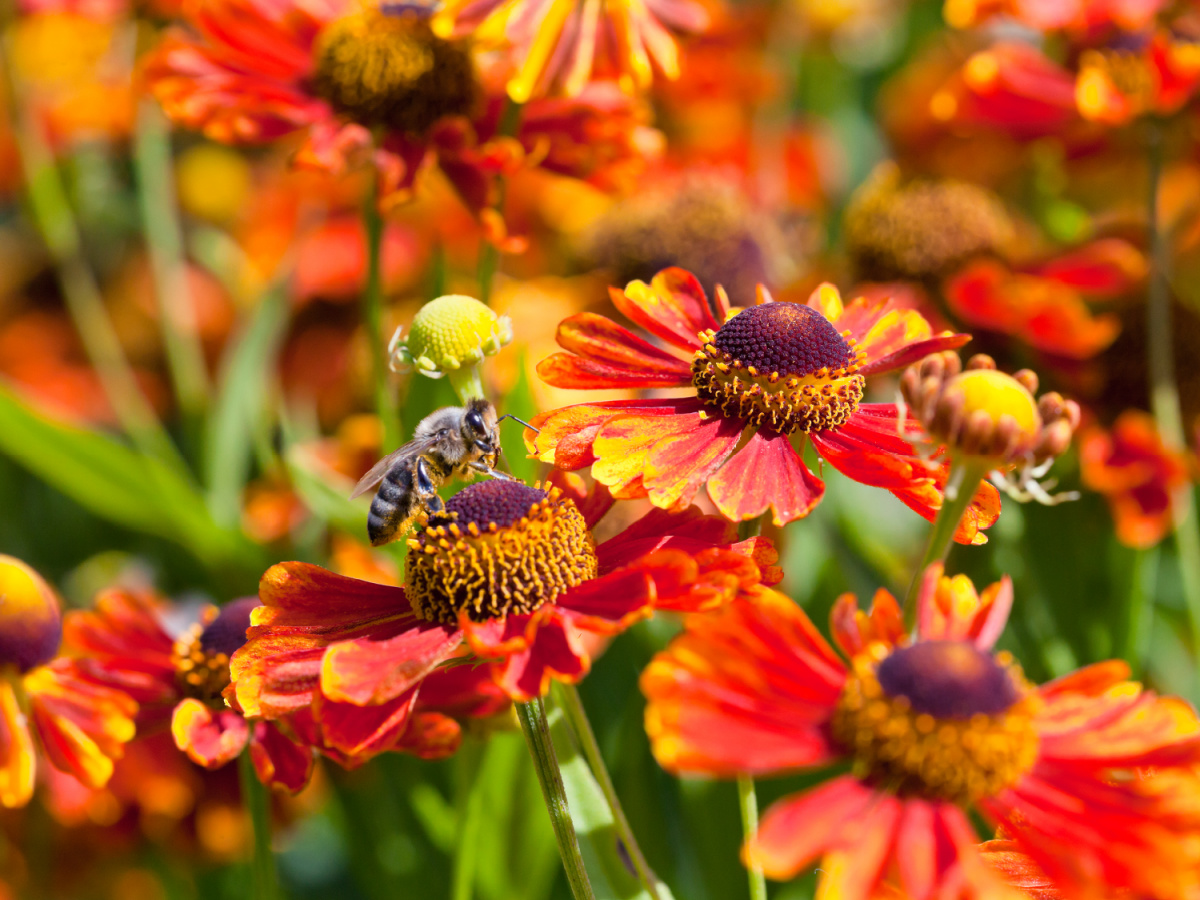
Blanket Flower - A pretty daisy-like single flower perennial in warm shades of red and orange.
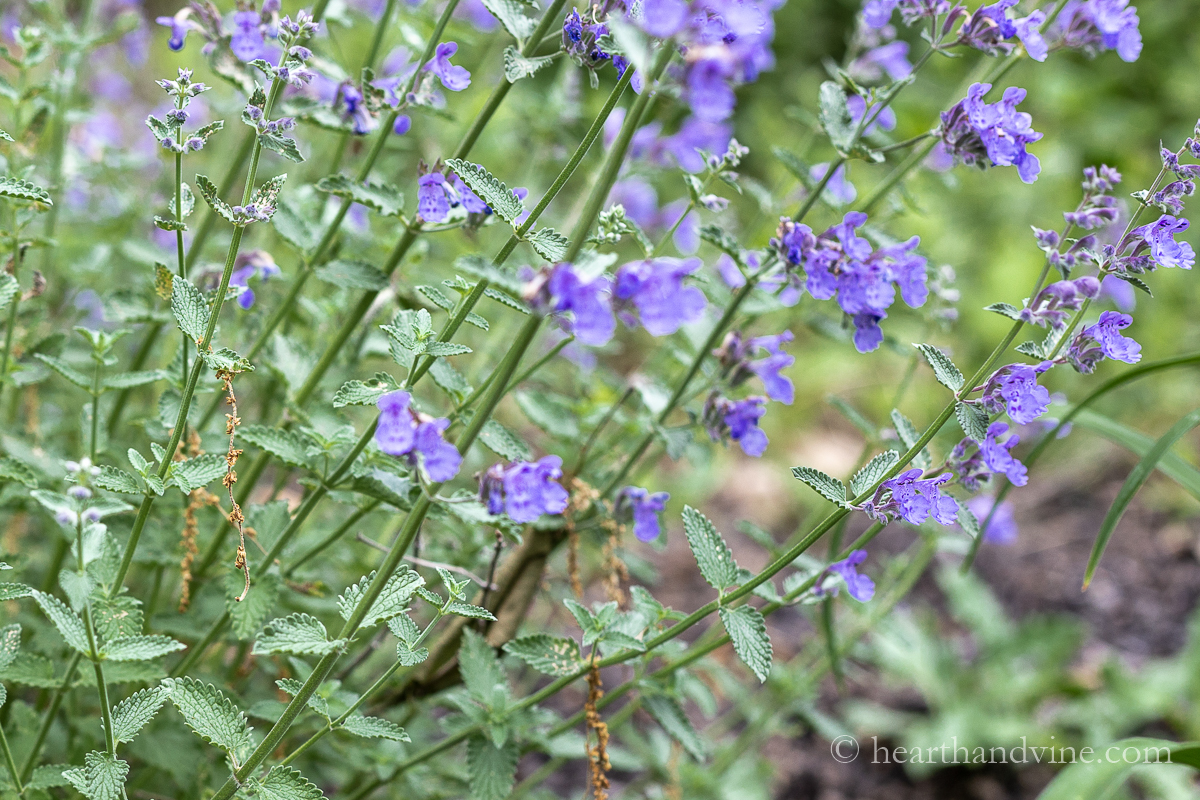
Catmint - One of my favorites. Easy to grow and works well in flower arrangements.
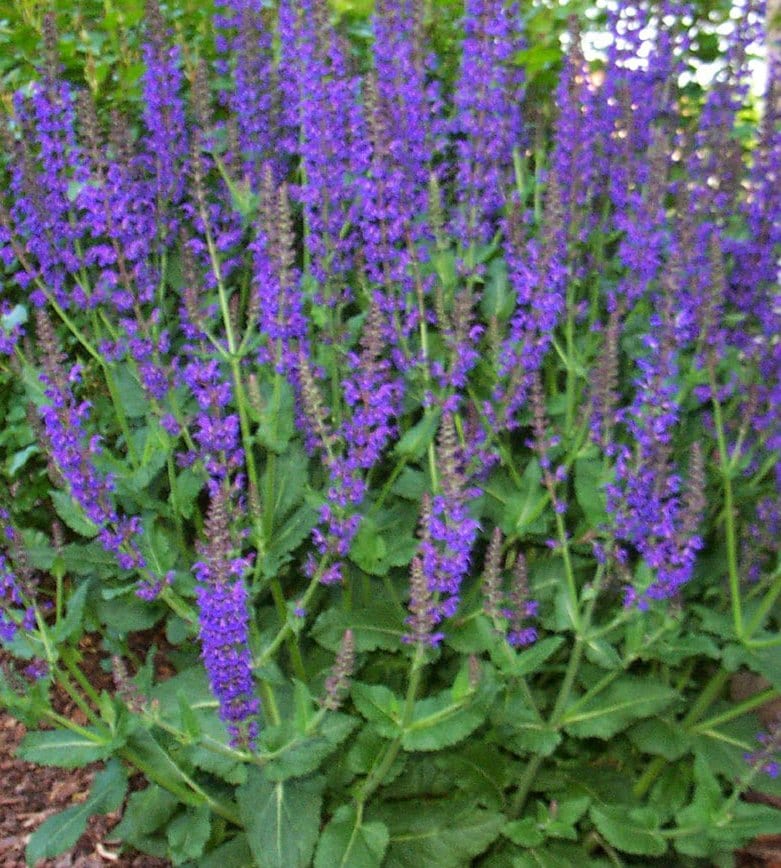
Salvia - Another purple flowering perennial that's easy to grow and reliable. Also, salvia comes in many different colors.
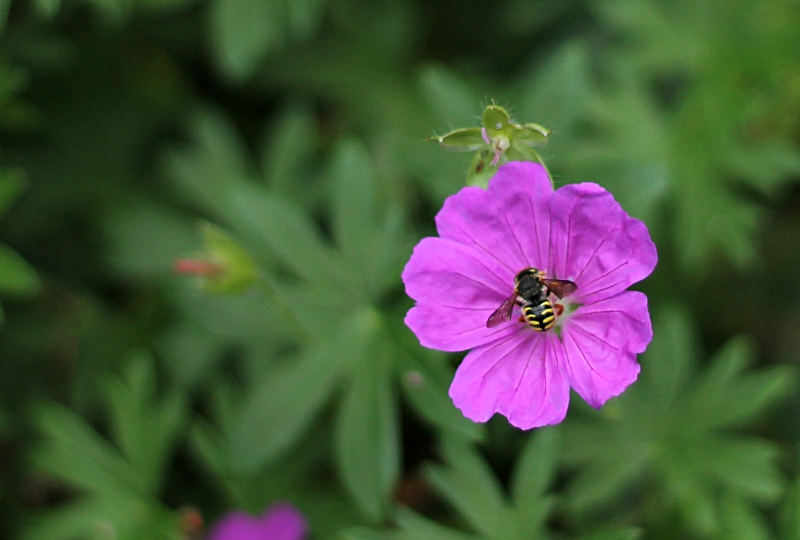
Cranesbill - Hardy geraniums are another one on the top of my list. They have a beautiful cottage garden feel with lots of sweet delicate flowers.
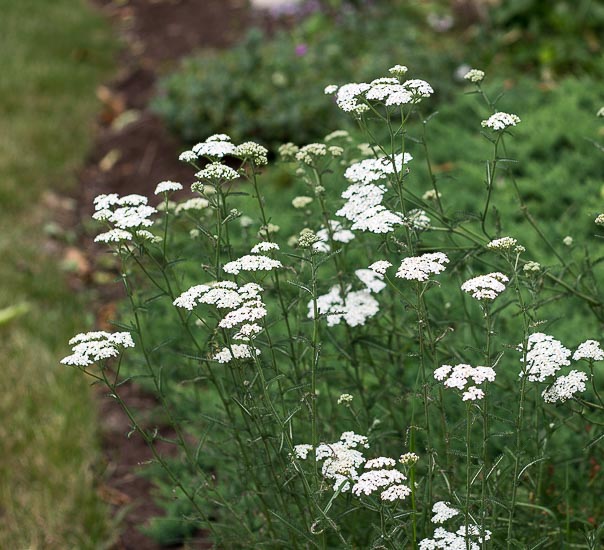
Yarrow - This pretty perennial also makes a nice dried flower.
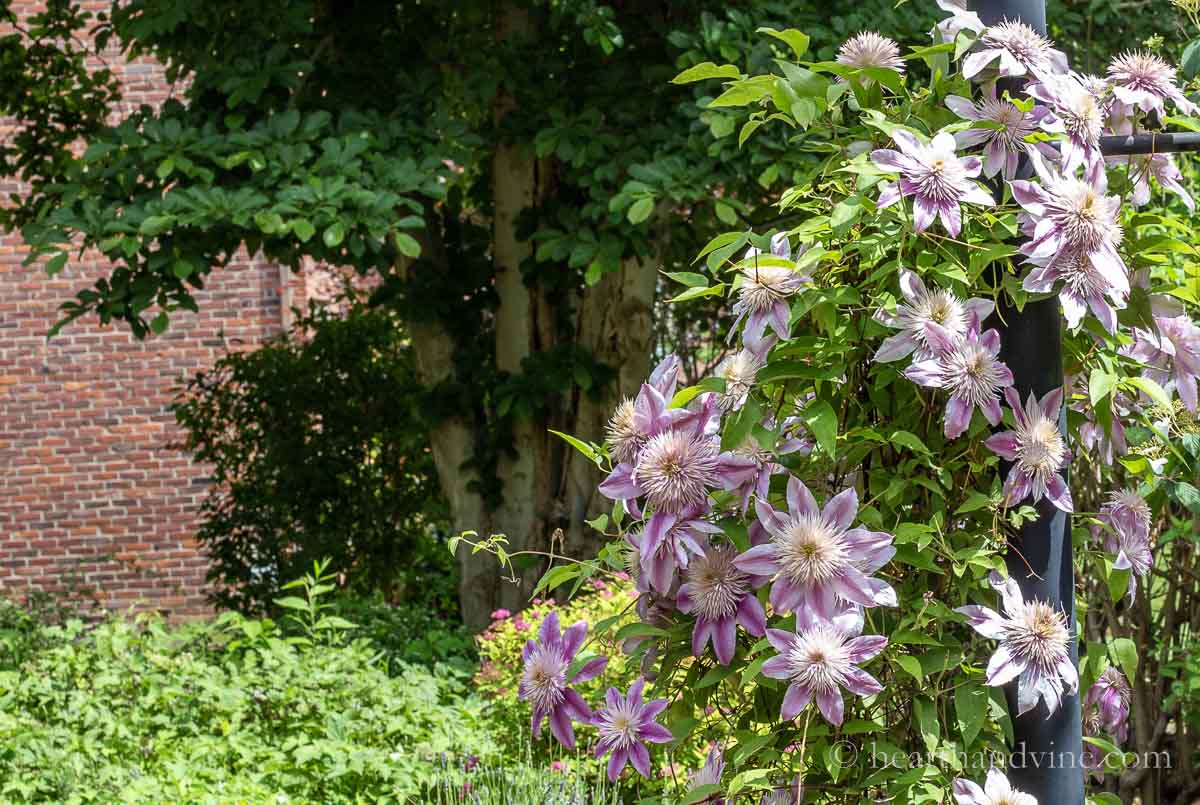
Clematis - Actually a climbing vine. So many cultivars. Some varieties are better than others for the bees.
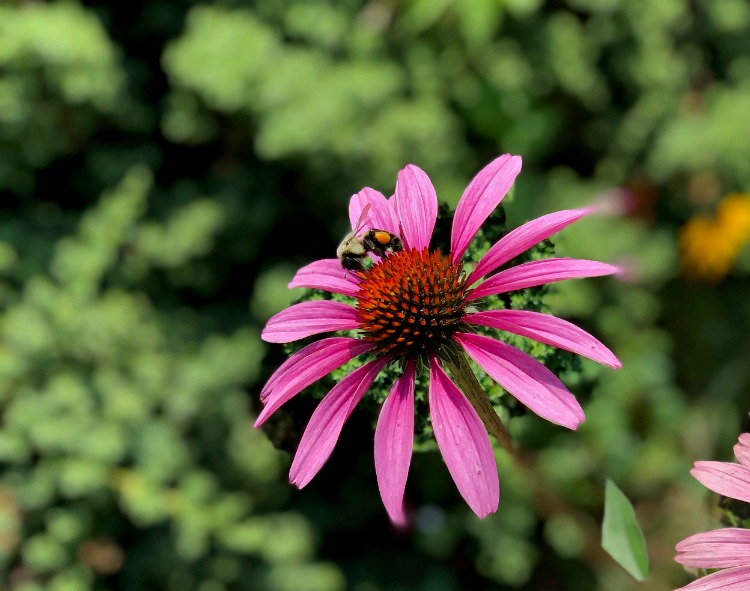
Purple Coneflower - A true native but again there are many hybrid coneflowers that are not great choices, especially the double blooms. However, the native purple coneflower is so pretty you'll be happy with it.
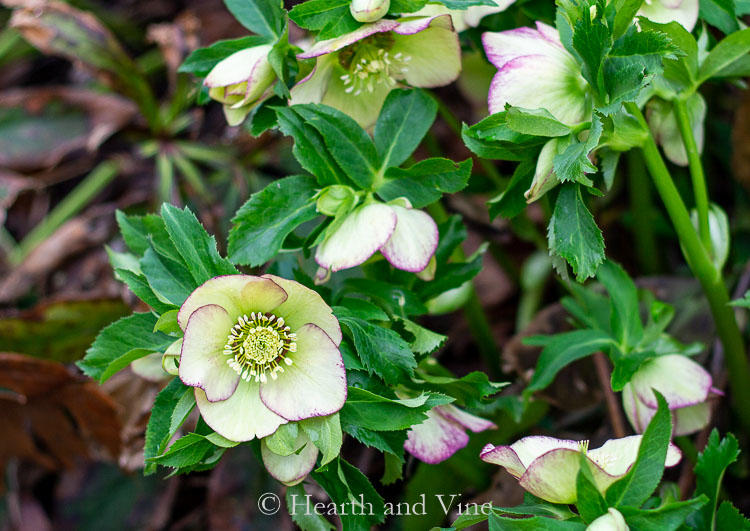
Hellebore - This pretty perennial is one of the earliest bloomers in February thus the common name Lenten Rose.
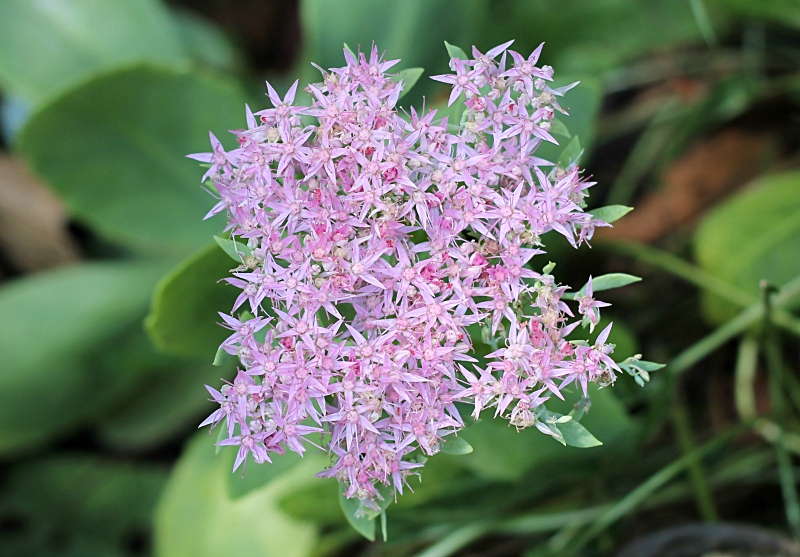
Sedum - Commonly known as Stonecrop this pretty perennial blooms in late summer.
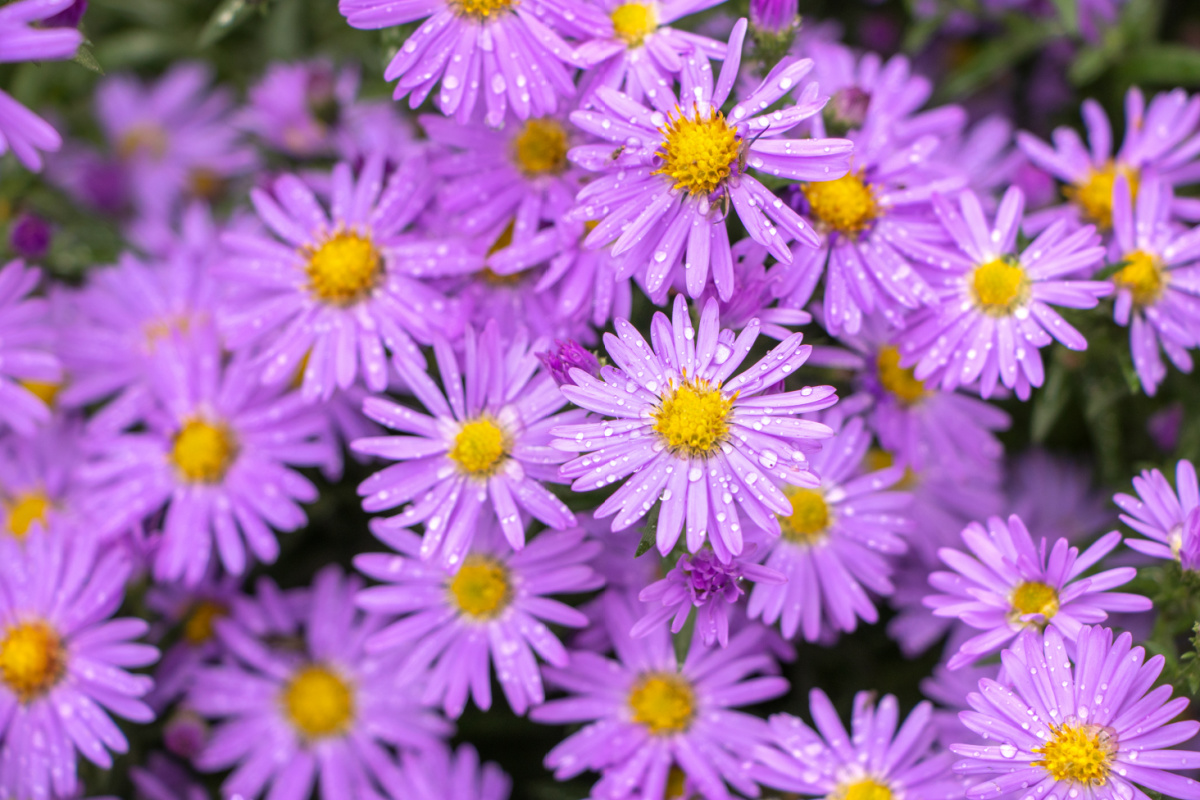
Aster - Another late summer bloomer typically from September all the way until fall. Asters have that single flower daisy design that bees love.
Shrubs
Many flowering shrubs are ideal candidates for honey bees and garden interest alike.
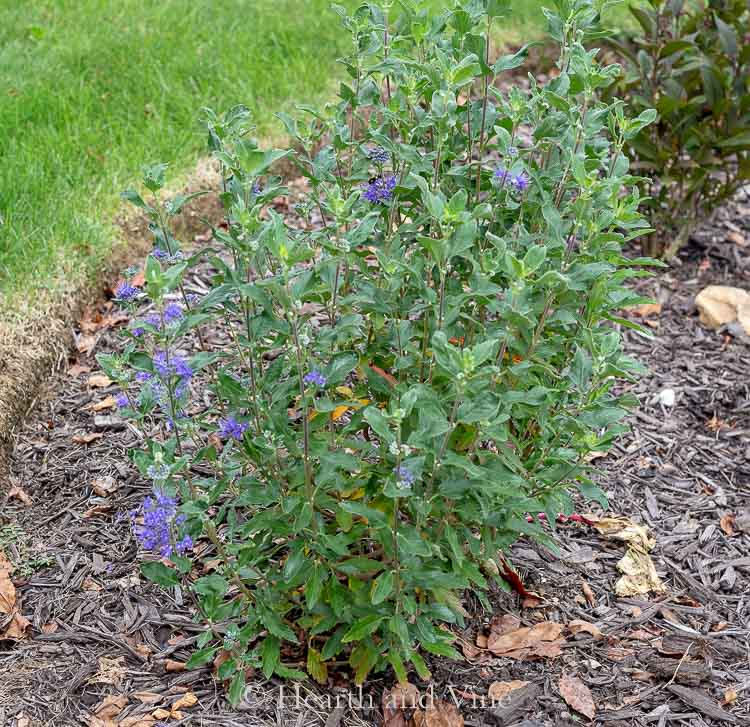
Bluebeard - Caryopteris, a pretty blue-lavender flowering shrub that's also drought tolerant.
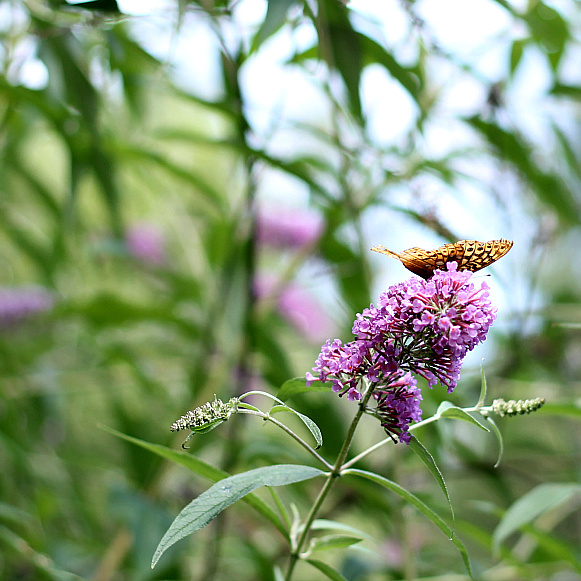
Butterfly Bush - Easy to grow and some consider it invasive. However, I love their easy to care for nature and beautiful flowers.
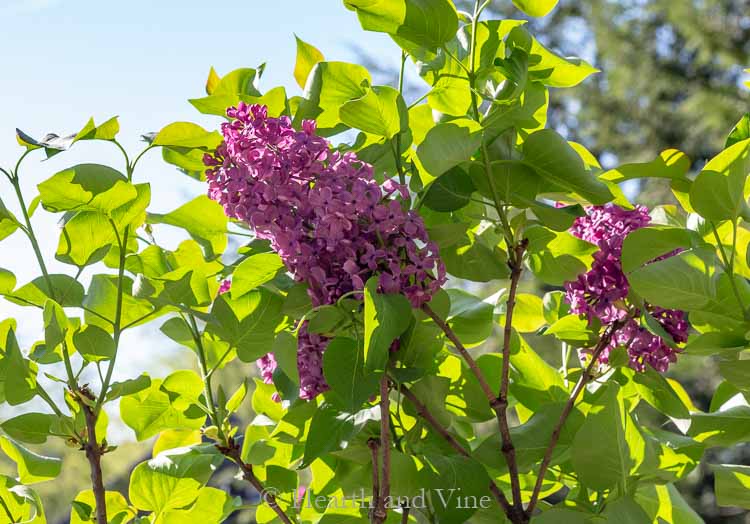
Lilac - The sweetest smelling shrubs with blooms that you can cut for a vase to permeate the house. Or consider making lilac jelly.
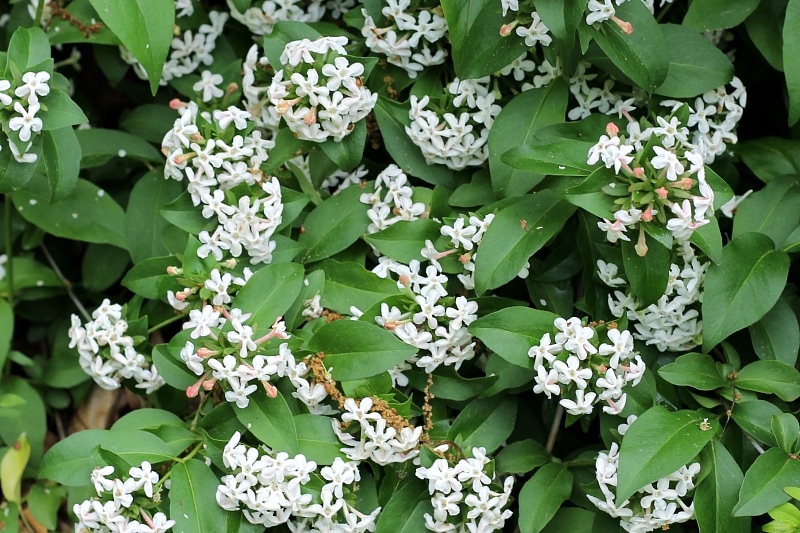
Abelia - A large shrub that produces many flowers in the spring that smell like honeysuckle.
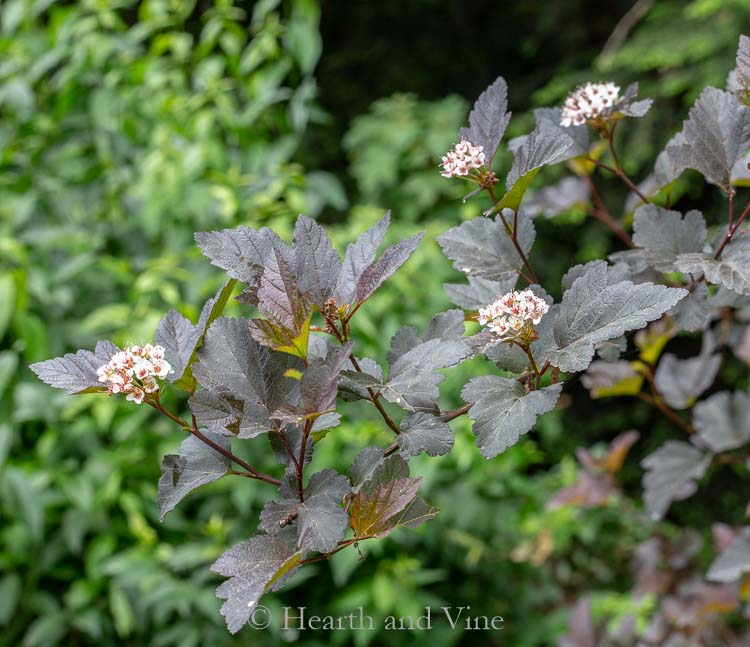
Ninebark - Also produces clusters of little flowers in the spring for all the pollinators.
Trees
Fruit trees are a great example of flowering trees that honey bees love. Many typically bloom in the early spring when other flowers are not available.
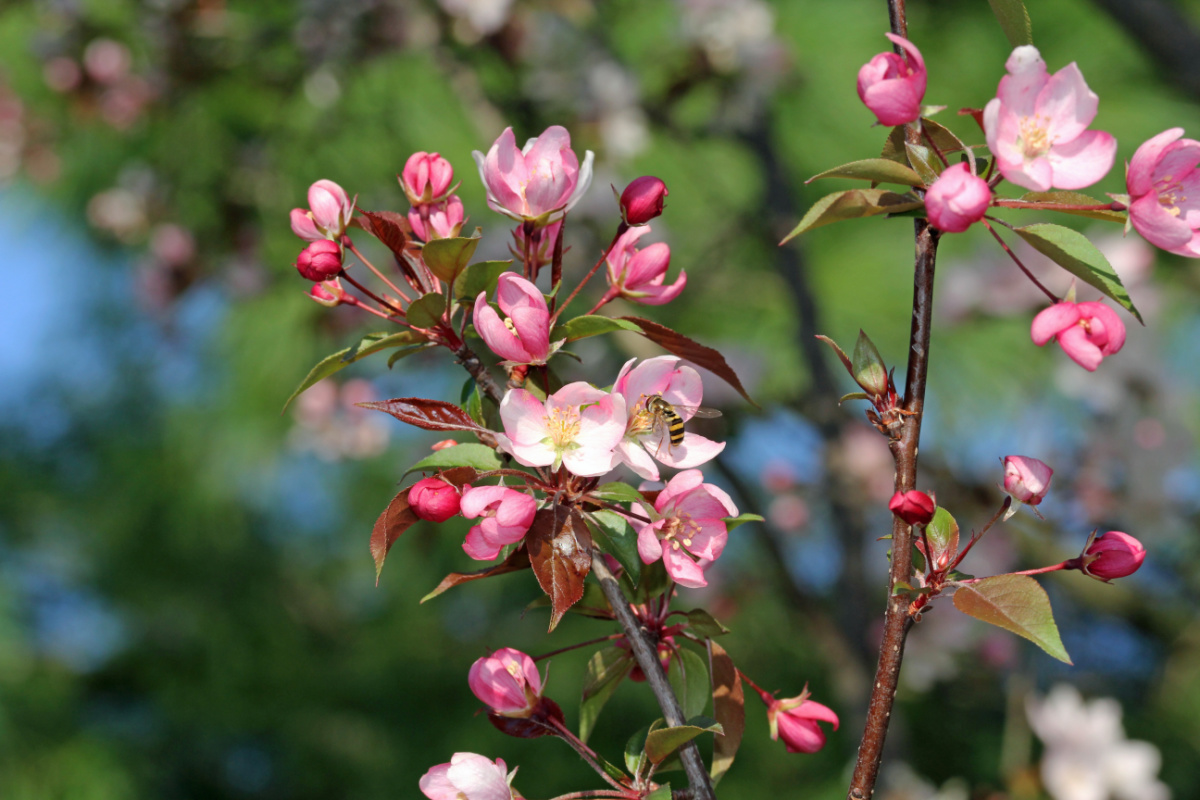
Crabapple Trees - Crabapples produce a ton of flowers and are sometimes planted in orchards to attract the bees to the other fruit trees.
So while you're browsing the nurseries this spring, summer, or fall think about choosing a plant that will not only look good in your landscape but also creates a bee-friendly garden too.
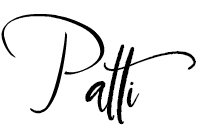
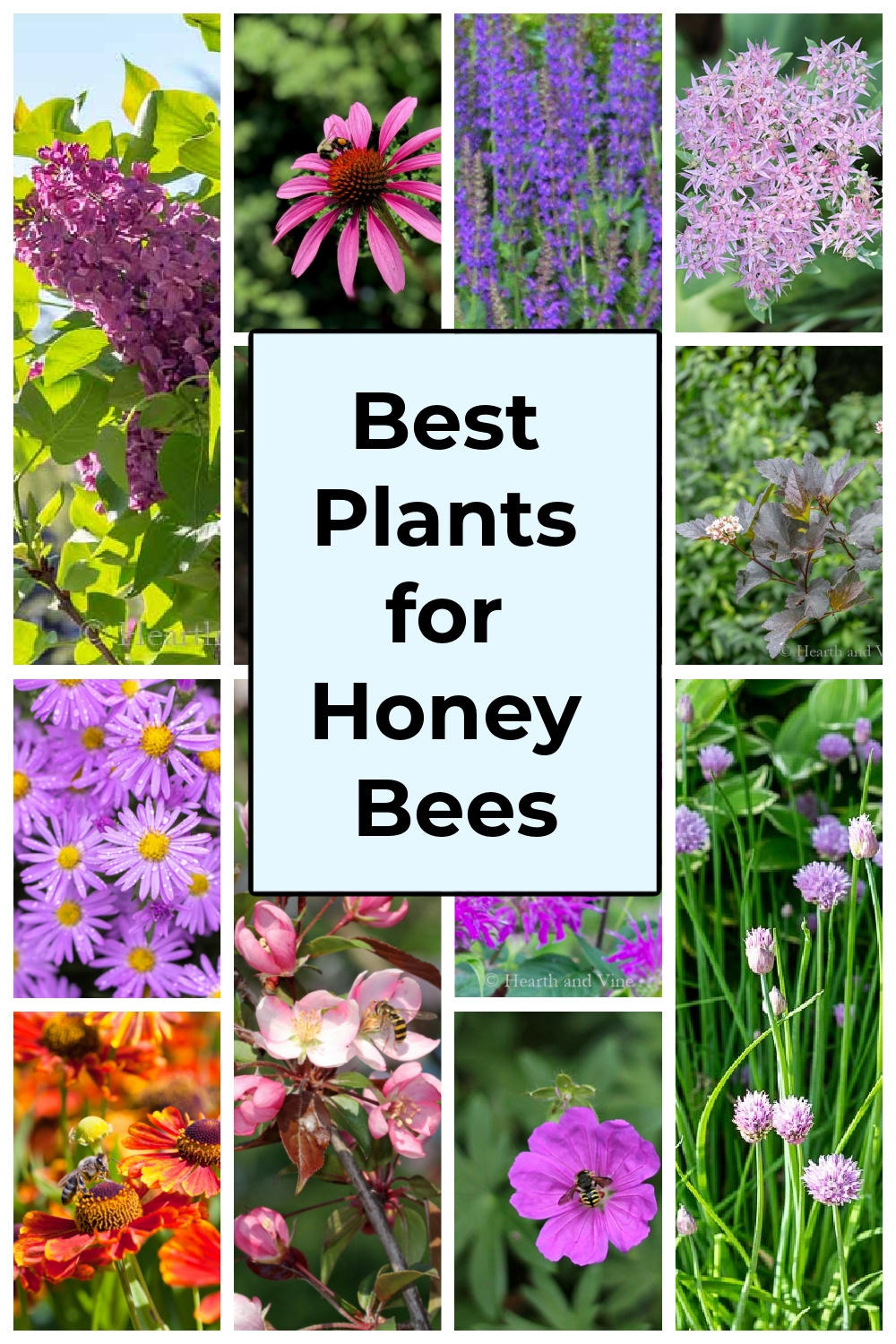
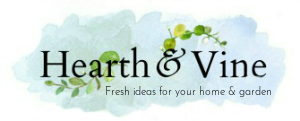

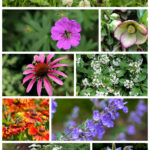
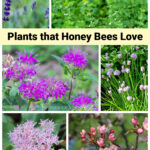
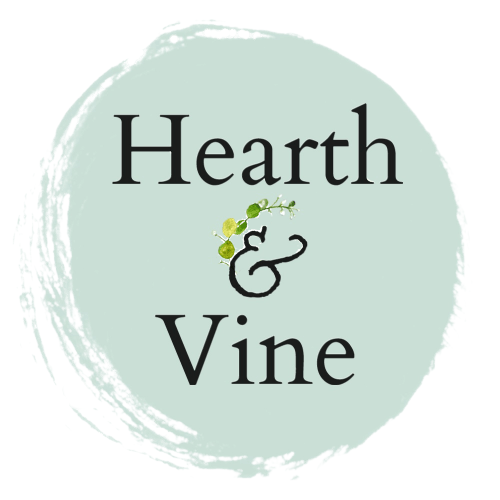
Leave a Reply